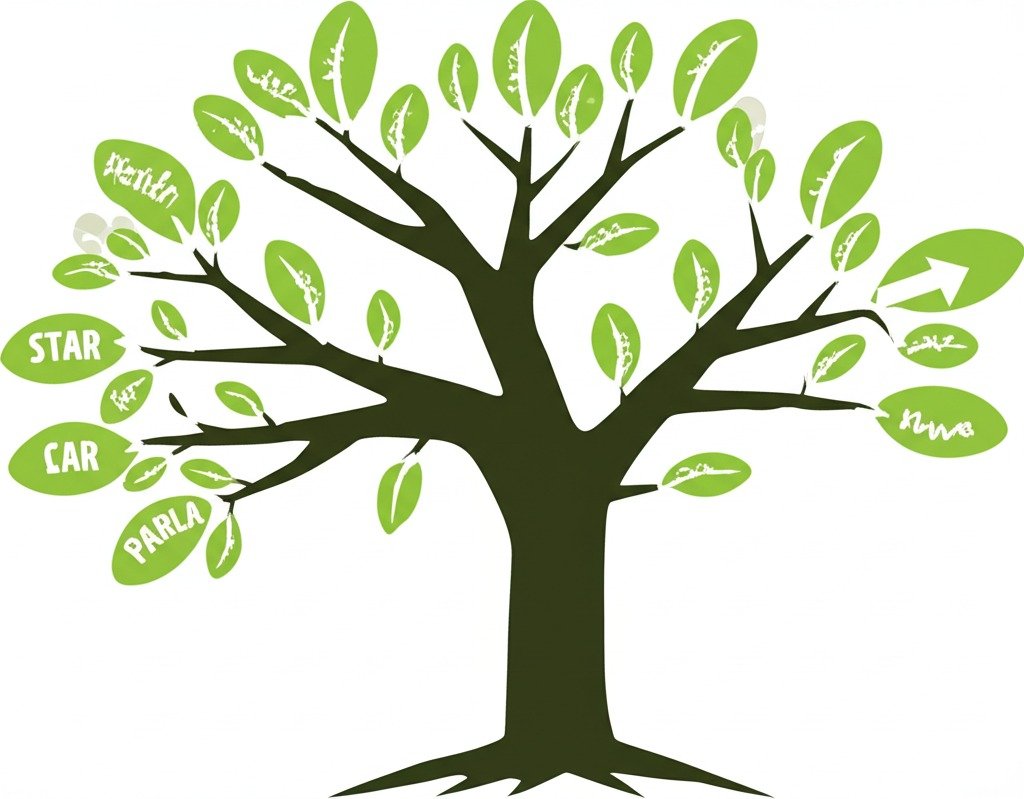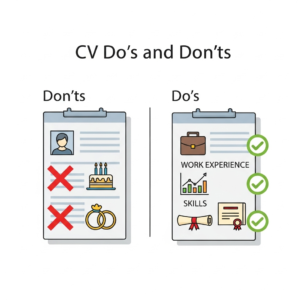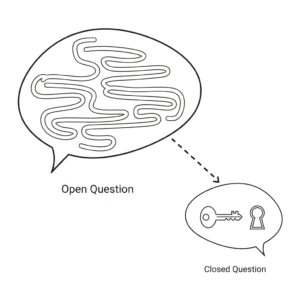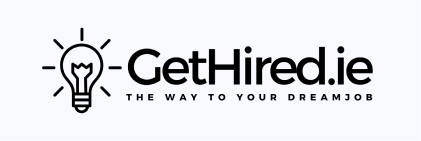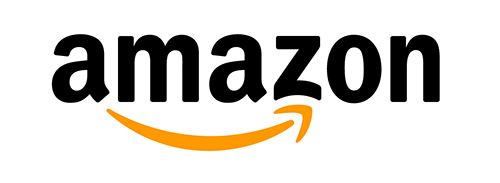In a world where talent is one of the biggest drivers of business success, how we assess candidates matters more than ever. According to LinkedIn’s Global Talent Trends (2024), 92% of hiring professionals say soft skills are just as important, if not more, than hard skills. But how do we reliably measure them?
Behavioural interviews, structured around proven frameworks, remain the gold standard. They help us move beyond gut feel and buzzwords into real evidence of past behaviour — the strongest predictor of future performance (Schmidt & Hunter, Psychological Bulletin, 2016).
Yet, not all frameworks are created equal. As the world of work evolves, so too should the way we interview.
🌟 Why structured methods matter
The classic unstructured interview — “So, tell me about yourself…” — is still common, but dangerously flawed. Research by the Harvard Business Review found that structured interviews are twice as effective at predicting on-the-job success.
Structured methods: ✅ Reduce bias ✅ Help standardise candidate comparisons ✅ Reveal detailed examples of how someone actually behaves
🔍 Beyond STAR: Exploring modern frameworks
STAR (Situation, Task, Action, Result) is the most popular globally. It’s intuitive and used everywhere from Amazon to local SMEs. It helps candidates lay out their stories clearly.
But what if you want to go deeper? Depending on the role, complexity, or cultural fit, other frameworks might give sharper insight.
⚙️ CAR & CAPS for technical and problem-solving roles
- CAR (Context, Action, Result) is a quicker variant of STAR, perfect for rapid interviews or technical checks.
- CAPS (Context, Action, Problem, Solution) is especially powerful for engineers or analysts — it gets them to explicitly define problems and how they solved them.
A McKinsey study found that employees with strong problem-solving skills are 2.5x more likely to be high performers. CAPS and CAR let you probe exactly that.
🚀 SOAR & SHARE for resilience and critical thinking
- SOAR (Situation, Obstacles, Actions, Results) adds “Obstacles,” which is brilliant for assessing resilience. Useful for roles in sales or project delivery where things rarely go perfectly.
- SHARE (Situation, Hindrance, Action, Result, Evaluation) dives even deeper. It asks candidates to reflect on why they did what they did and how they’d evaluate their performance. Perfect for leadership and change management positions.
🌱 PARLA & DARE for growth and reflection
- PARLA (Problem, Action, Result, Learning, Application) digs into what someone learned and how they applied it later. With adaptability now a top skill globally (LinkedIn, 2024), PARLA helps measure learning agility.
- DARE (Describe, Action, Results, Evaluate) is similar, asking for direct self-assessment. This is invaluable for roles needing emotional intelligence or people leadership.
💼 FAB for sales and value creation
- FAB (Features, Advantages, Benefits) isn’t just for products — it’s increasingly used in interviews to see how well candidates can translate their work into value. Example:
“Tell me about a feature of a campaign you ran, the advantage it brought to your team, and the benefit for the client.”
💡 When to use what?
Choosing the right model depends on what you’re truly hiring for:
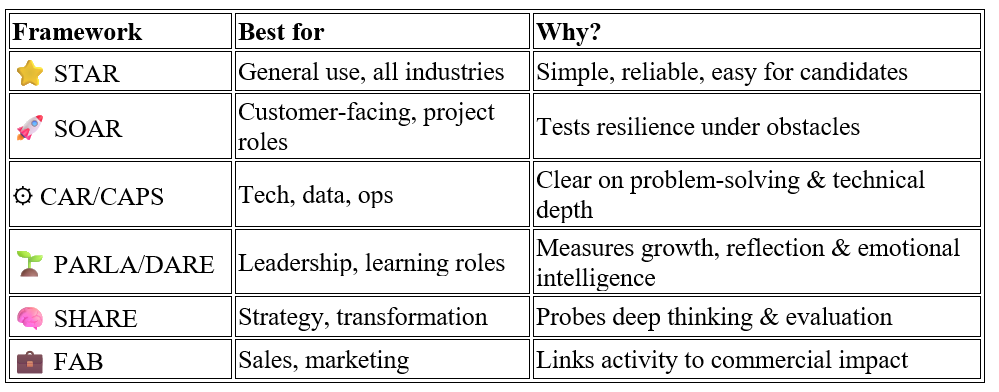
🗣️ Bringing it back to the human side
We often forget candidates can be nervous. A behavioural interview can feel like an exam. The best hiring managers create a calm, structured space so candidates can share genuine stories.
🗨 “The goal is to understand the human behind the resume. A good framework isn’t an interrogation — it’s a way to help people bring their best selves into the room.” — Dr. Linda Gottfredson, Industrial Psychology Research
Adding small touches helps: explain your process at the start, encourage pauses to think, and remind them it’s okay to ask for a moment.
📊 Why it matters now more than ever
With hybrid work, cross-functional teams, and new demands on learning, our interview frameworks need to evolve.
- 87% of executives now rate culture & adaptability as critical for success (Deloitte Human Capital Trends, 2023).
- Yet only 40% of companies have updated their interview questions in the last two years (LinkedIn, 2024).
By tailoring frameworks to what your company really values — whether it’s solving client problems, innovating products, or leading change — you get hires who stick, thrive, and grow with you.
✅ Final thoughts: STAR still shines
While PARLA, CAPS and SHARE bring brilliant depth, remember: STAR is still the global staple for a reason. It’s intuitive, candidate-friendly, and proven.
Mixing in these newer models — based on your needs — is the next step. Your future leaders will thank you for getting it right.
💬 What about you? Have you used CAR, SOAR, or PARLA in your interviews? Drop a comment — would love to hear how different frameworks have changed your hiring results.
#Recruitment #HR #Leadership #BehaviouralInterviews #CareerGrowth #HiringBestPractices

